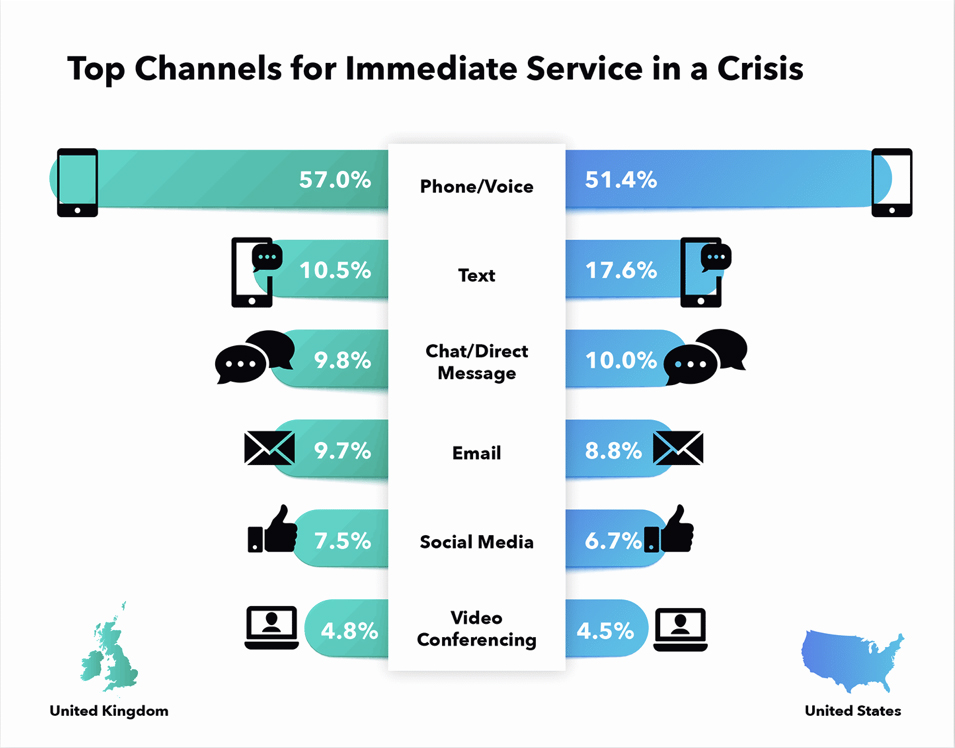Brand humanity: A silver bullet for serial change?

n a marketplace saturated with competition, and in which consumers are empowered by digital technologies that shift the buying power in their favour, brands can no longer attempt to win their customers over through traditional marketing means.
We’ve spoken in some detail previously about identifying consumer needs in our recent thought leadership piece on the relationship revolution. However, to briefly recap, consumers in the second decade of this century are more sure of their values than ever before; a fact which directly correlates with their habits in engaging with and purchasing from brands. From eco-friendliness through to ethical practice on diversity, supply chains and more, consumers are aligning themselves with brands that mirror their values.
As such, acquiring and maintaining a high-quality data-capture and analysis process can be a hugely powerful and essential part of understanding what your audience values and developing strategies to engage with them.
But we believe there is also a more ideological, less tangible element to this, through which brands can achieve truly meaningful connections with audiences.
Mutual transformation: the value of change
The last two years have seen no shortage of curveballs and market shocks. The pressure brought about by the pandemic, and now the developing conflict on the European cotenant, has been placed on both brands and consumers to shake things up as quickly as possible in order to adapt to an onslaught of change. In consumers, this accelerated the trend for decision making based on fundamental values. In brands, it has upped the stakes for rapid innovation.
In fact, a recent study by the IBM Institute for Business Value (IBV) found that “purpose-driven consumers, who choose products and brands based on how well they align to their values, now represent the largest segment (44%) of consumers.”
Simultaneously, the impact of lockdowns both domestic and international have led to a ‘zoom boom’, a rapid digitalisation of consumer experience. On this topic, IBM found that “after spending much of the past two years in a virtual-first world, consumers now see digital tools as a necessary part of the shopping experience.”
Though these findings might, at first, seem fairly unsurprising, these two factors in tandem shed light on a far deeper emerging trend. Now that much of the world has returned to in person, or, at the very least, to hybrid interactions with brands, an expectation remains that brands have a truly consistent consumer journey across all platforms and touchpoints.
The case for this holistic or ‘omni-channel’ style of marketing is fast becoming a well-established, well-evidenced technique. Defined by Big Commerce Essentials as “a seamless shopping experience from the first touchpoint to the last, regardless of the channel your customer is using” in which “every time a customer has an interaction with your brand, or a touchpoint, it needs to feel like a continuation of the previous one”, the technique is framed as a form of consumer continuity.
And, whilst this continuity is certainly vital, we believe that when considered alongside the less acknowledged onus on brand humanity, a holistic approach to engaging with consumers can achieve something far more meaningful. Your consumer expects to be able to feel connected to your brand, both emotionally and functionally, no matter how they access its services.
More than continuity alone, this represents an individuation brands need to undertake in order to connect with consumers. A kind of emotional, as well as logistical, availability that makes interactions between brand and consumer feel more fluent, natural and, ultimately, much more akin to a person to person experience than ever before.
Be the change you want to see in your world
This change has presented brands with an unlikely opportunity: to redefine the meaning of ‘change’ altogether. Marketers are presented with notions of a ‘changing consumer’ who’s voices have become more mobile and amplified so frequently now it can feel overwhelming, particularly when paired with the assumption that brands need to constantly reinvent themselves to keep up.
But if the pandemic has taught us anything, it’s that all of us, collectively, and as consumers, individuals, and professionals, crave human connection. Now more than ever, consumers are looking to the brands they engage with to know they’re ‘in it together’.
A study from CGS on consumers during the pandemic powerfully confirms this, reporting that “more than 25% of respondents were disappointed by a brand not having a human-to-human option available.” The graph below, stresses this further, with over 50% of respondents stating they want inter-personal brand interactions via the phone; far higher than less personal mediums.
Therefore, brands looking to establish themselves across multiple channels and touchpoints must think beyond the logistical, instantaneous cohesion that is touted as a one-sized fits all solution to changing consumer habits, and instead be looking to amplify and enshrine their humanity with every interaction.
Whether you’re communicating with a consumer via live activations, digital conferences or through your branding and packaging, they need to feel that they’re interacting not only in a seamless manner, but with the same human personality. A person who carries shared values and passions, and who has a material solution to delivering them.

Source: https://www.cgsinc.com/en/resources/customer-service-in-crisis
By not only transforming your brand into one that can be accessed with consistent results from any angle, but one that also feels profoundly human and every bit as individual as the individual consumers themselves, brands can find themselves able to not only keep up with the way their consumers’ needs and values are changing, but actually begin to contribute to forming them.
As such, we can begin to frame brand transformation as a far more mutual process, and begin to push towards a far more meaningful marketing objective. Put simply, when we transform our own brand in an authentic, accessible personality, consumers can access personal, transformative relationships with our brand. And by changing the way the consumer sees the world, their own lives, or even a particular product group, your brand can create authentic value that drives engagement.
A network for new humanity
At the mci group, we’ve shaped our network around the notion of being ‘profoundly human’. Our focus is on leveraging our omni-channel agency network to build highly individuated, mobile brands and brand activations that can create deep connections with audiences and consumers, no matter the circumstances.
Our uniquely broad-spectrum approach allows us to start from the ground up when we help brands to hone and humanise their marketing approach and integrate it at all levels. From brand design through to content creation and live events and activations, mci group agencies can help your brand to become more profoundly human, leading to more profound connections with consumers that are resilient to frequent change.
Whether it’s in the way your brand looks, how it sounds, the way it lives online or at live events, our network is a purpose-built platform for transforming brands and activating audiences.
Whether your brand’s plan is to leverage the help of a likeminded agency network, or to build up a network of your own in support of your objectives, working towards a model that promotes humanity above homogeny will always deliver deeper connections and greater results.
To find out how the mci group could help your brand become more profoundly human, visit www.mcigroup.com
One thought on “Brand humanity: A silver bullet for serial change?”